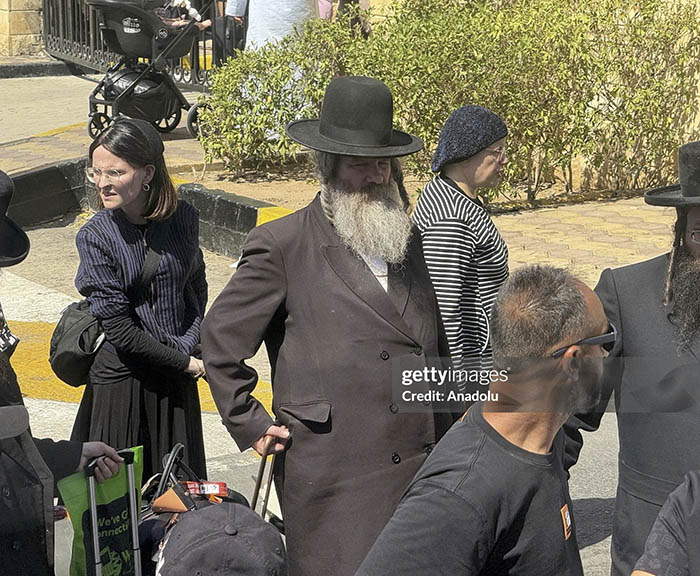Introduction
The Middle East is witnessing one of its most critical periods of instability in recent history, driven by the intensifying conflict between Israel and Iran. As hostilities escalate, civilian populations and foreign nationals are increasingly seeking refuge and stability by crossing borders, particularly into neighboring Egypt. The Taba Border Gate, a strategic crossing point on the Israel-Egypt border, has become a vital corridor for those fleeing the conflict zone amid fears of further escalation.
This article provides an in-depth analysis of the ongoing Israel-Iran clashes, the role of the Taba Border Gate in managing cross-border movements, regional security implications, humanitarian challenges, diplomatic responses, and future prospects for peace in the volatile Middle East.
Background: The Israel-Iran Conflict in 2025
Escalation of Tensions
Since the outbreak of hostilities in 2025, the conflict between Israel and Iran has rapidly escalated, involving military strikes, cyber warfare, and regional proxy conflicts. The attack on Iran’s state television headquarters marked a significant escalation, leading to retaliatory missile strikes, military mobilizations, and increased regional instability.
The Strategic Importance of Iran-Israel Tensions
Iran’s nuclear ambitions, missile proliferation, and support for proxy groups such as Hezbollah and Hamas have been longstanding sources of tension with Israel. The recent escalation has heightened fears of a broader regional war, drawing neighboring countries into the conflict and prompting civilian evacuations.
The Humanitarian Toll
Civilian casualties, displacement, and infrastructure damage have surged, creating a humanitarian crisis across the region. Many foreign nationals and local residents are seeking safety, prompting mass movement across borders.

